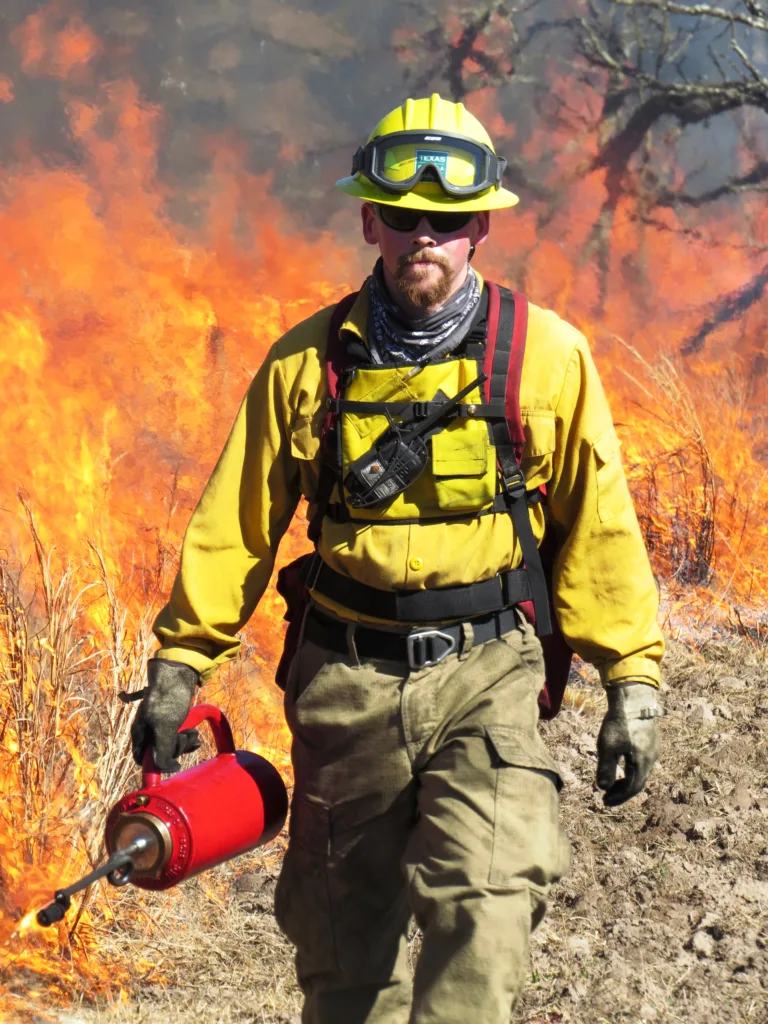August 1, 2024 @ 6:30 pm – 8:30 pm
It has long been known that healthy ecosystems thrive from and by diversity. The needs of wildlife include food, water, and shelter. Plants provide all three. But to take it further, there are specifics in the relationships between which types of plants, what other living things rely on or interact with plants, and the arrangement of plants that can affect the ecological health of an area. The fun part? The “area” can be your ¼ acre pocket prairie or a 10,000-acre ranch or preserve. The tools are all the same in interpreting and managing a prairie regardless of size. The recipe though can be different. This presentation will broadly cover what prairies area, what they need to function, the importance of monocots (aka grasses and such), forb diversity and their importance, woody species (the good, bad, and ugly), and lastly genetics of prairie plant species and we can help.
Bio: Taylor Garrison is a private lands biologist with TPWD covering Dallas, Ellis, Kaufman, Navarro and Freestone Counties. Originally form Corpus Christi, Texas, Taylor obtained his BS in Range & Wildlife Management from Texas A&M University-Kingsville and his MS in Range & Wildlife Management from Sul Ross State University-Alpine. This background and time spent on family & friend ranches near Utopia and Luling, brought on a deep interest in the wildlife, plants, ranching, and most aspects of outdoor recreation. His primarily role with TPWD is to work with private landowners to help better their land for wildlife. Taylor has leadership roles in prescribed fire, landowner outreach, native grassland restoration, plant ID, and is the current vice-chair of the Northeast Texas Conservation Delivery Network, an organization meant to coordinate conservation efforts amongst professionals and guide cost-share assistance for landowners in the Eastern 1/3rd of Texas.
Fort Worth Botanic Garden in the Rose Room
3220 Botanic Garden Blvd, Fort Worth, Texas 76107
6:15 pm Socializing & snacks
6:30 pm Business meeting and announcements
The presentation will follow our business meeting.
This meeting is hybrid; in person with a virtual Zoom option.
Register in advance for this meeting:
https://npsot-org.zoom.us/meeting/register/tZIkcemoqDovH9Qb5PdbLPQN_ipqLjhCzESG
After registering, you will receive a confirmation email containing information about joining the meeting.
Related Events
-
Propagation Techniques for Native Hollies, Cross Timbers Chapter Meeting (Weatherford)- Tuesday 1/28/2025
January 28 @ 6:00 pm – 8:00 pm







